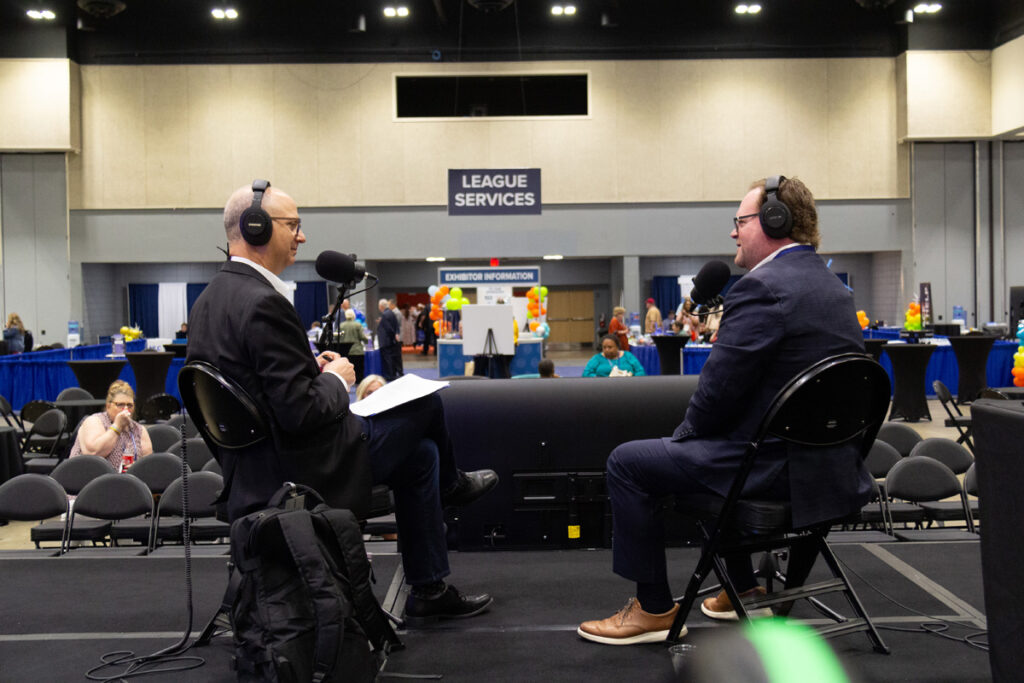Arthritis, a degenerative condition that affects joints such as wrists, hips and knees, can have a profound impact on a person’s quality of life. In severe cases, it can cause chronic pain and reduce your range of motion in that joint, making it difficult to perform even the most basic tasks.
There are different types of arthritis, but the most common of these is osteoarthritis. If you suffer from osteoarthritis, then you’re far from alone: The condition affects approximately 32.5 million adults in the United States, including about 940,000 in Arkansas.
Osteoarthritis is often associated with the normal wear and tear that comes with aging, but a number of other factors can cause it to develop or worsen. Let’s take a look at what triggers this form of arthritis and what we can do to treat it.
What is arthritis?
Arthritis stems from a deterioration of cartilage, the tissue that connects and protects the bones that make up a joint. In a healthy joint, cartilage covers the ends of your bones and allows them to move with minimal friction. But when that cartilage breaks down, it exposes the bones and causes them to grind against each other. This exposes nerve endings in the bone, which can cause pain.
The process usually starts with the loss of cartilage, but further changes occur in the joint as the disease progresses. They include the formation of bone spurs and thickening of the bone around the joint. These changes cause further pain and restrict movement. There also can be hardening and tearing of soft tissues in the knee as arthritis progresses.
Several factors can increase your chances of developing osteoarthritis. Genetics has been shown to have a role, particularly for those who have arthritis in the hands and wrists. The rise in obesity rates around the world has contributed to an increase in arthritis cases, as even a small amount of excess weight puts significant pressure on your knees. Suffering a traumatic injury can also elevate your risk of arthritis even if the injury appears to have healed.
Treatment options
There’s no treatment that will cure osteoarthritis and reverse the damage, so most of our current options focus on easing pain and improving function. Assistive devices such as canes or knee braces can be very helpful for those who suffer from arthritis in their lower body. Medications and steroid treatments can also provide some relief by reducing inflammation in the joints.
In some cases, a person’s arthritis might be severe enough to require a surgical solution. This can be as minor as an arthroscopy, which repairs cartilage and removes loose fragments in the joint, or as significant as a joint replacement. Demand for these types of procedures is steadily growing, but they are typically reserved for patients who are no longer benefitting from other treatment options. Your physician will likely want to exhaust any noninvasive options before considering a surgical procedure.
Keep moving
While all of those medical options can help address your symptoms, one of the most effective ways to manage arthritis in its earlier stages is simply to stay active. Low-impact activities such as walking, cycling and swimming will help you preserve your range of motion and strengthen the muscles that support your joints. Regular, moderate exercise will also help you keep your weight under control, which further relieves the pressure on your joints.
Many patients worry that physical activity will cause more damage to their joints, but the risk of that happening is very low. I always recommend that you let pain be your guide. Even a small amount of exercise is beneficial, so there’s no need to overdo it to the point where you’re worsening your pain.
Arthritis is often a progressive condition, meaning it worsens over time, but it’s important to remember that you have options to help treat this condition. With the right course of treatment, it’s possible to manage your condition and reduce its negative effects on your daily life.
Benjamin Stronach, M.D., is an associate professor in the University of Arkansas for Medical Sciences (UAMS) Department of Orthopaedic Surgery and an orthopaedic surgeon who sees patients at the UAMS Orthopaedic Clinic on Shackleford in Little Rock.










